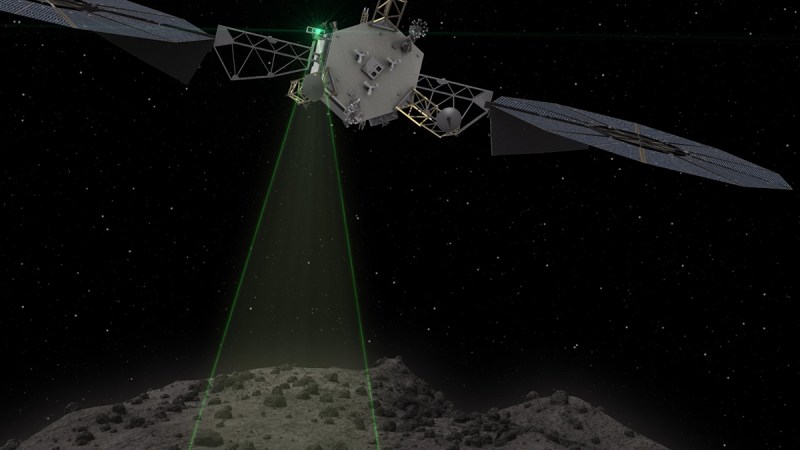
On Wednesday, a 2,000-foot-wide-asteroid will narrowly miss Earth. But the next one might not—and we might not be ready.
This latest asteroid fly-by marks the closest near-miss by a large space object in decades, but if the next big asteroid were on a path to collide with Earth, we might not notice it in time. That’s because asteroid-spotting telescopes are only able to keep watch at night, leaving the Earth exposed 50 percent of the time. In 2013, a 65-foot-wide meteor—that no one saw coming—exploded over central Russia with the energy equivalent to 2o atomic bombs.
Even if a space rock is spotted, we might not be able to stop it from hitting the Earth. According to Quartz, NASA’s interagency plan to annihilate an asteroid with a nuclear weapon or nudge it away from Earth’s orbit both lack sufficient funding.
As it happens, NASA’s first planetary defense officer, Lindley Johnson, was in Vienna briefing the United Nations on an asteroid defense plan when the 2013 meteor disintegrated over Chelyabinsk, Russia, spraying debris for more than 20 miles and sending more than a thousand people to the hospital. That was “Mother Nature’s putting an exclamation point on [the need for a plan],” Johnson told Quartz.
—RealClearLife
This article was featured in the InsideHook newsletter. Sign up now.